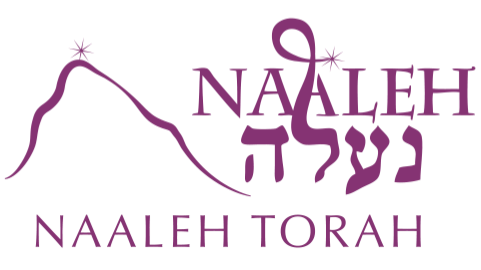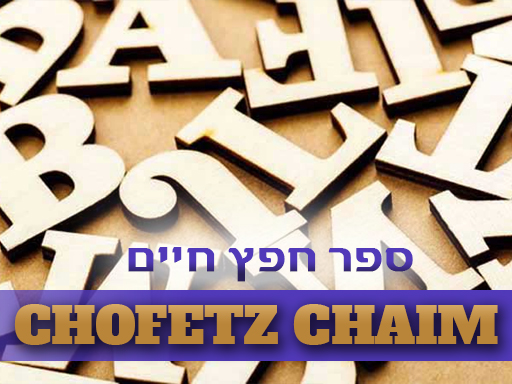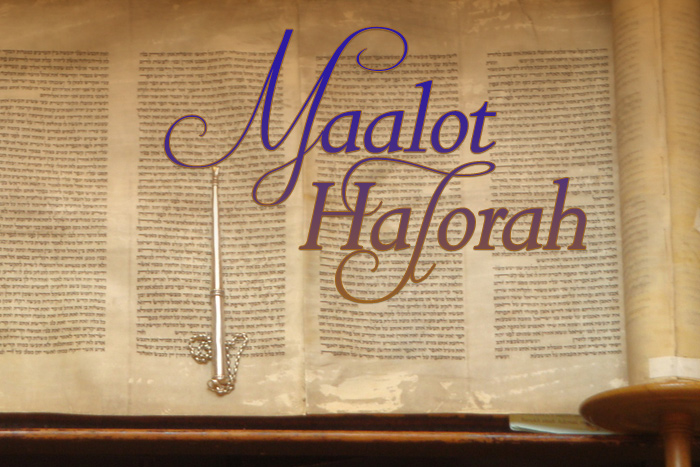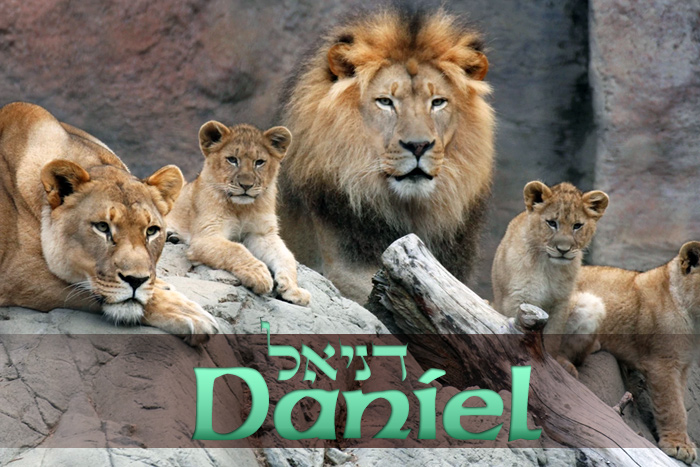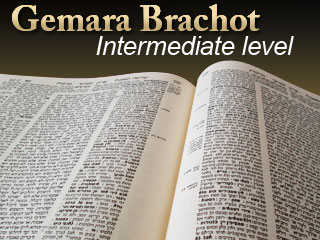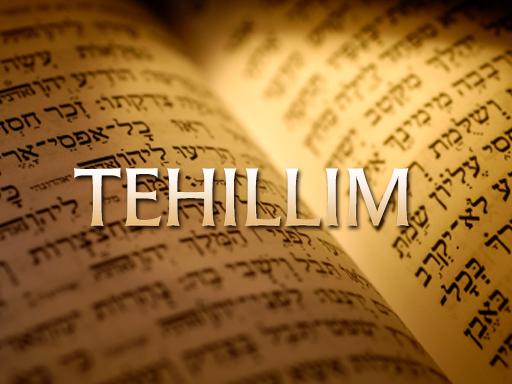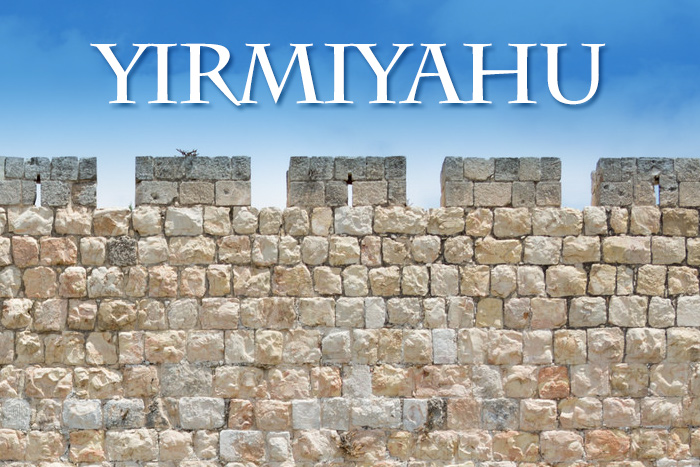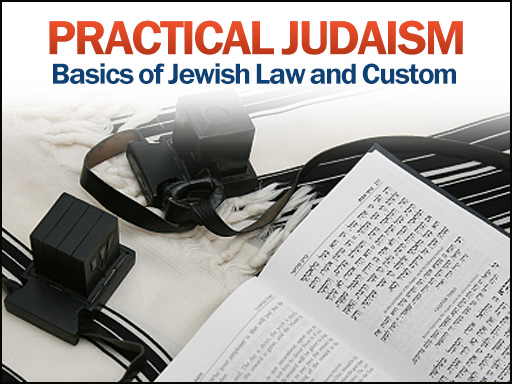Words that Build
Posted onIn this Torah class (shiur) on Sefer Chofetz Chaim, Rabbi Beinish Ginsburg begins teaching the body of the sefer, beginning with klal aleph. This class defines lashon hara and rechilus, and discusses which is worse. Rabbi Ginsburg also discusses a situation where a Rebbi or parent requests that someone tell them lashon hara, and how to respectfully avoid speaking improperly even under such circumstances.
